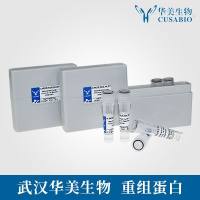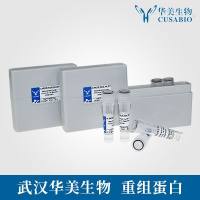Analysis of Cellular Phosphoinositides and Phosphoinositols By High-Performance Liquid Chromatography
互联网
互联网
相关产品推荐

Liquid Blocker Super PAP Pen (免疫组化笔),阿拉丁
¥297.90

MYH9/MYH9蛋白Recombinant Human Myosin-9 (MYH9)重组蛋白Cellular myosin heavy chain, type AMyosin heavy chain 9Myosin heavy chain, non-muscle IIaNon-muscle myosin heavy chain A ;NMMHC-ANon-muscle myosin heavy chain IIa ;NMMHC II-a ;NMMHC-IIA蛋白
¥1344

Cell Cycle Analysis Kit (with RNase)(BA00205)-50T/100T
¥300

SLC31A1/SLC31A1蛋白/Copper transporter 1 Short name: hCTR1 Solute carrier family 31 member 1蛋白/Recombinant Human High affinity copper uptake protein 1 (SLC31A1) (Active)重组蛋白
¥69

3,3′,5,5′-Tetramethylbenzidine Liquid Substrate, Super Slow, for ELISA,peroxidase substrate,阿拉丁
¥905.90
相关问答
推荐阅读
Analysis of Cellular Phosphoinositides and Phosphoinositols by Extraction and Simple Analytical Procedures
Measurement of Phosphoinositols and Phosphoinositides Using Radio High-Performance Liquid Chromatography Flow Detection
Phosphoinositidase C Activation Assay III: HPLC Analysis of Cellular Phosphoinositides and Phosphoinositols

